Saskatchewan Archives Week 2021 is February 7-13, and this year we are celebrating online. To kick it off, the faculty and staff of the University Archives and Special Collections are sharing some of their favourite collections and items found in the USask archives.
From Patrick:
“A couple of my favorite collections are a combination of content and the story behind the acquisition process, ie Lewis and Gruen.
The Lewis Collection was left sitting unprocessed at the provincial archives in Regina. They decided they did not want it. I drove to Davidson, met the Regina van in the A&W parking lot, transferred the boxes to my truck and drove back to Saskatoon. When I put up scans and information on the web about 1908 Winnipeg tractor trials, we received enquiries from Canada, America and the UK within a day. Interest continued for some time. It swept through the "tractor community". I spent months going through the image portion of the collection to identify farm equipment. It is a rare valuable look at agricultural innovation, both by manufacturing companies but individual farmers. It also documents agricultural extension.
 MG 108, II C 2 18
MG 108, II C 2 18
Dr. Gruen sent us a small portion of his collection as a test to see if we were worthy of the 'good stuff'. He ignored my instructions that the stacks were closed and followed me to his collection for a spot check. We eventually got the rest of the material including one of the world's largest collection of Japanese postcards. One of the first web pages the archives put on the web was a small sample of the postcards. The next day a Prof from Princeton wrote that one of the images was his father who was murdered by the Japanese in Manchuria. The internet was very small at the time, primarily select Universities scattered around the globe. It was an indication of things to come.”
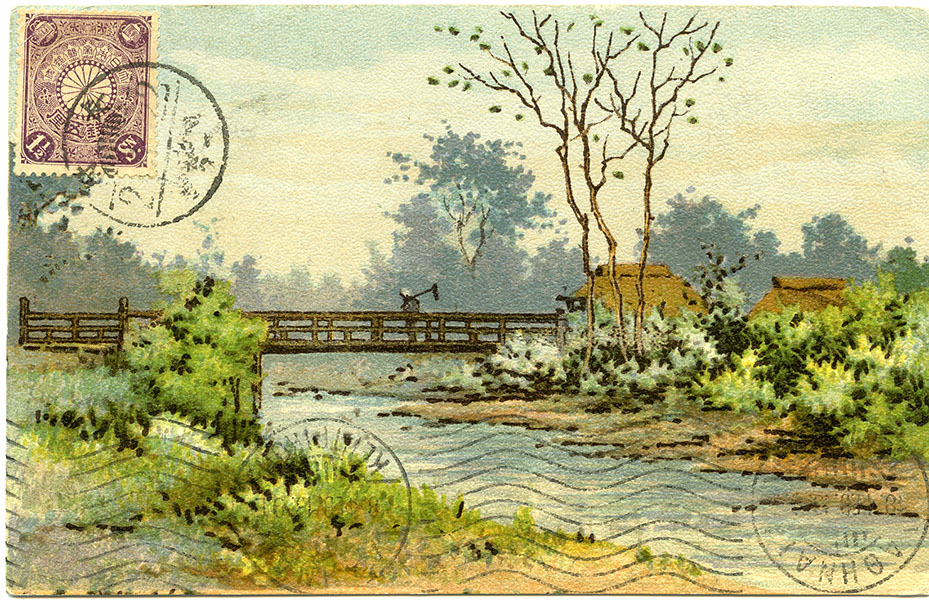 MG 116, 21-87-p1
MG 116, 21-87-p1
We have a digital project dedicated to the Japanese postcards from the Gruen fonds, The Hans Gruen Postcard Collection, which contains a sample of the beautiful and historically interesting postcards.
From Lisa:
“A few of the collections I’ve worked on that I really enjoyed are the St Barbe Baker photos and the Ross Autograph album. The St Barbe Baker photos are beautiful and have logging practices from all over the world.
 MG 71, Box 35, M13, Tree studies 3-2, Logging 3
MG 71, Box 35, M13, Tree studies 3-2, Logging 3
The album has two autographs from Elizabeth II, one from when she was still a princess and one after her coronation, among other interesting signatures.
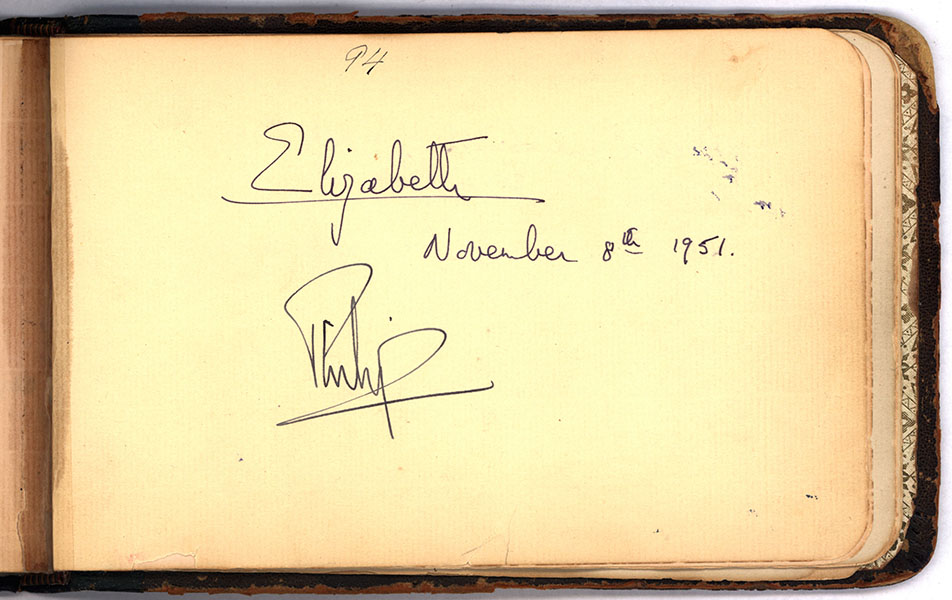 MG 598, pg 94
MG 598, pg 94
Then there’s Milne, but who doesn’t love Milne?”
 MG 410, Courtney Milne fonds, 490-179
MG 410, Courtney Milne fonds, 490-179
From Tim:
When asked to pick a favourite Tim replied, “I’m not sure I can choose one favourite collection/item, but for ‘a’ favourite…” he suggests the Griffith’s diary and accompanying images as a favourite from UASC’s collection. E.W. “Joe” Griffiths (the man for whom Griffiths Stadium is named) was a coach for USask athletics as well as a coach with the Canadian Track and Field Team at the 19632, 1936, and 1948 Olympics. This diary documents his time at the 1936 Berlin Olympics. One entry from August 10th forecasts radio's future... “This was one of the most interesting days yet. In the morning, I went to the Village Theatre to see the Television. We had two swimmers in the morning competitions and the rest of us watched them swim over the television. The pictures came over fairly clear and we were able to see the whole race, the crowd and the officials. It is a wonderfully interesting thing, and while it is not near perfection yet, it is a remarkable thing and will revolutionize the radio industry.”
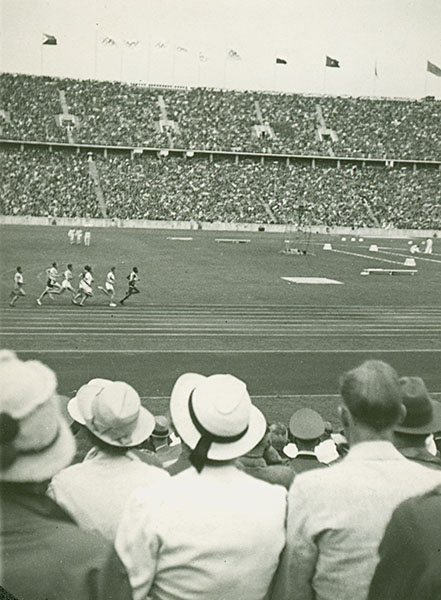 RG 2095, College of Physical Education/Kinesiology
RG 2095, College of Physical Education/Kinesiology
From Cheryl:
“In honour of the late, great Don Kerr, who taught us all how to look at our beautiful campus, I want to highlight our extensive collection of architectural plans and drawings. This collection provides unique insight as to how the university was envisioned; how the function and purpose for rooms, buildings and spaces have changed over time; and how some ideas – a bridge across the Bowl, for example – happily were discarded. But my choice for illustration is the original architect’s drawing of the Stone Barn from its southeast elevation. USask was the first in Canada to include Agriculture on the same campus as Arts; an innovation made in part with expectations of interdisciplinary work and influence between the colleges. Among the original campus buildings designed by the Montreal firm of Brown and Vallance were the Livestock Pavillion, the Poultry Science building, and the Stone Barn. This architectural drawing is a work of art; and the Stone Barn, an iconic landmark.”
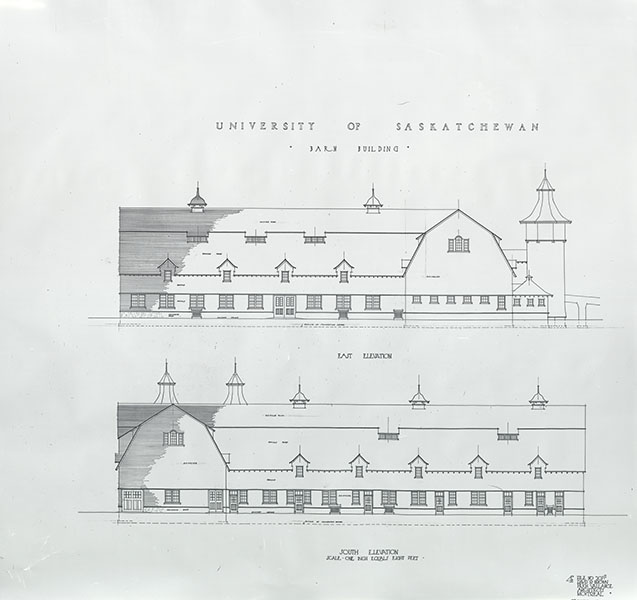 RG 2015 – Blueprints – Barn_Blueprints – East and South Elevation
RG 2015 – Blueprints – Barn_Blueprints – East and South Elevation
From Amy:
“One collection that has always stuck out to me is the R.L “Dick” Sweet Breweriana Collection, which contains materials all about the history of brewing. What I like the most is the extensive collection of beer mats and labels. They are colourful and fun, and make great additions to exhibits. You can look back and track the evolution of some logo designs as well. When I was new to the archival world these were the materials that really showed me the kinds of surprising variety that can be found in an archives.”
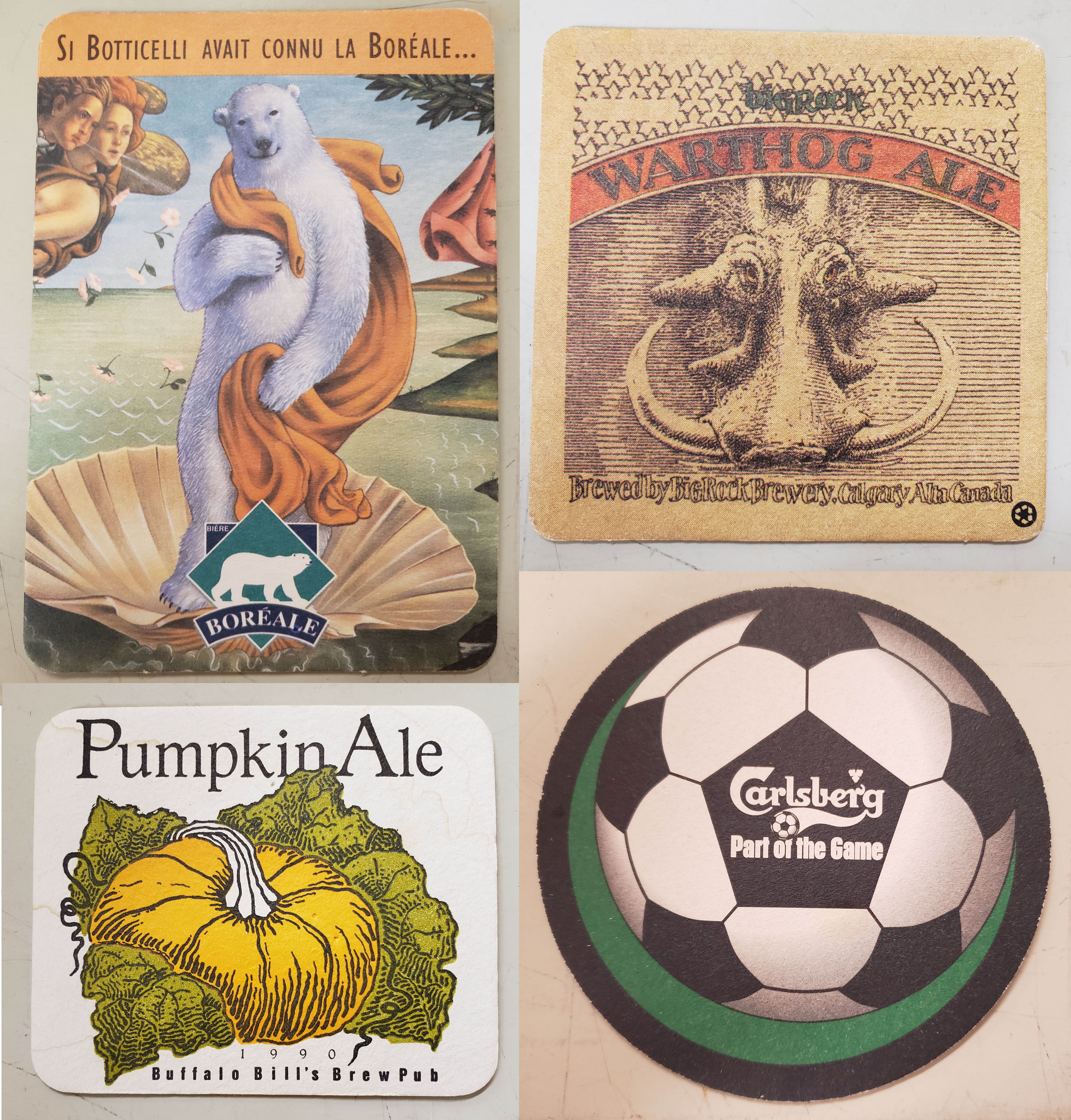 MG 401, R.L. "Dick" Sweet Breweriana Collections
MG 401, R.L. "Dick" Sweet Breweriana Collections
What are some of your favourite collections or materials in the USask archives?Follow us on Twitter and Facebook so that you don't miss the rest of the fun things we will be sharing for Archives Week!
